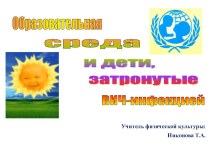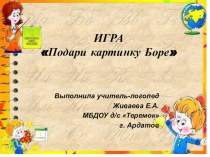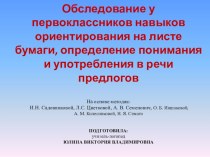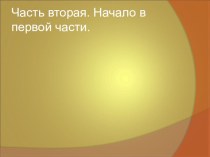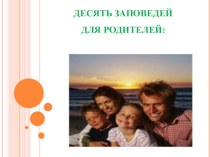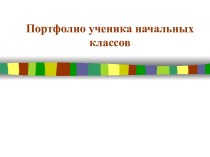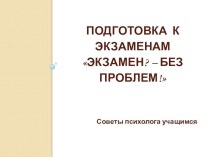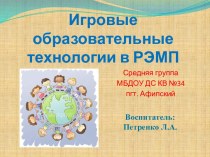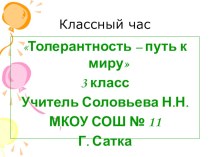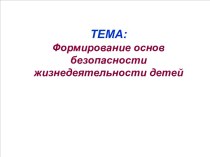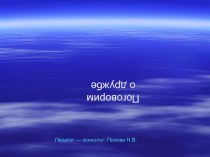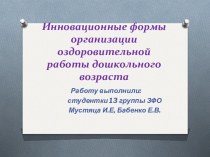- Главная
- Разное
- Бизнес и предпринимательство
- Образование
- Развлечения
- Государство
- Спорт
- Графика
- Культурология
- Еда и кулинария
- Лингвистика
- Религиоведение
- Черчение
- Физкультура
- ИЗО
- Психология
- Социология
- Английский язык
- Астрономия
- Алгебра
- Биология
- География
- Геометрия
- Детские презентации
- Информатика
- История
- Литература
- Маркетинг
- Математика
- Медицина
- Менеджмент
- Музыка
- МХК
- Немецкий язык
- ОБЖ
- Обществознание
- Окружающий мир
- Педагогика
- Русский язык
- Технология
- Физика
- Философия
- Химия
- Шаблоны, картинки для презентаций
- Экология
- Экономика
- Юриспруденция
Что такое findslide.org?
FindSlide.org - это сайт презентаций, докладов, шаблонов в формате PowerPoint.
Обратная связь
Email: Нажмите что бы посмотреть
Презентация на тему День рождение Роберта Бернса
Содержание
- 2. Цель: познакомить учащихся с биографией и творческим
- 3. Robert Burns by Alexander Nasmyth, c1787 Scottish National Portrait Gallery
- 4. Robert Burns by Archibald Skirving Mary Evans Picture Library
- 5. Burns Cottage at Alloway Mary evans picture Library
- 7. Lovers in a Barn by George Morland National Trust for Scotland, Brodick Castle
- 8. Manuscript of The Kirk of Scotland’s Alarm British Library
- 9. Title page of Poems Chiefly in the Scottish Dialect Burns Monument; Burns Cottage, Alloway
- 10. Robert Burns in Edinburgh by William Johnstone The Writers’ Museum, Edinburgh City Museums
- 11. The Duke of Atholl and his family
- 12. Jean Burns by Samuel Mackenzie Scottish National Portrait Gallery
- 13. Tam O’Shanter by James Drummond The Writers’ Museum, Edinburgh City Museums
- 14. Robert Burns Born 25 January 1759(1759-01-25) Alloway,
- 15. Robert Burns (25 January 1759 – 21
- 16. As well as making original compositions, Burns
- 17. He had little regular schooling and got
- 18. O Wert Thou In The Cauld Blast
- 19. Auld Lang Syne 1788 Should
- 20. Скачать презентацию
- 21. Похожие презентации
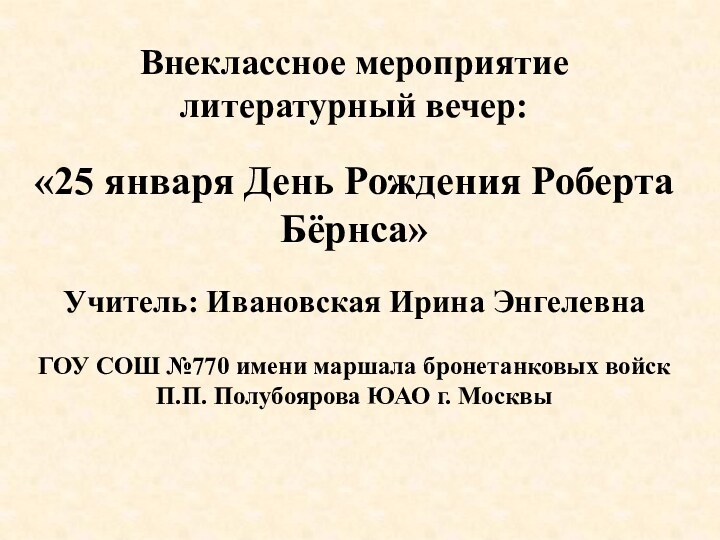





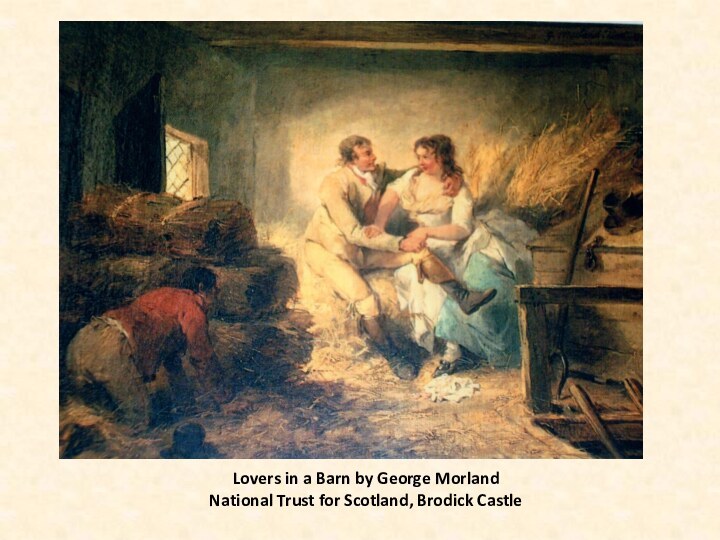











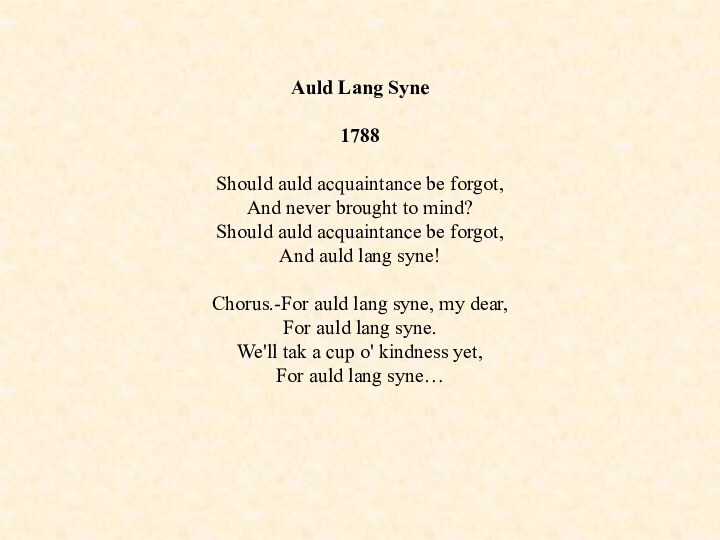

Слайд 11 The Duke of Atholl and his family by David
Allan
Private Collection / Bridgeman Art Gallery
Слайд 14 Robert Burns Born 25 January 1759(1759-01-25) Alloway, Ayrshire, Scotland Died 21 July 1796(1796-07-21)
(aged 37) Dumfries, Scotland Occupation Poet, lyricist, farmer, exciseman Nationality Scottish Literary movement Romanticism Notable work(s) Auld Lang Syne,
To a Mouse, A Man's A Man for A' That, Ae Fond Kiss, Scots Wha Hae, Tam O'Shanter, Halloween, The Battle of SherramuirСлайд 15 Robert Burns (25 January 1759 – 21 July
1796) (also known as Rabbie Burns, Scotland's favourite son,
the Ploughman Poet, Robden of Solway Firth, the Bard of Ayrshire and in Scotland as simply The Bard) was a Scottish poet and a lyricist. He is widely regarded as the national poet of Scotland, and is celebrated worldwide. He is the best known of the poets who have written in the Scots language, although much of his writing is also in English and a "light" Scots dialect, accessible to an audience beyond Scotland. He also wrote in standard English, and in these pieces, his political or civil commentary is often at its most blunt. He is regarded as a pioneer of the Romantic movement, and after his death he became a great source of inspiration to the founders of both liberalism and socialism. A cultural icon in Scotland and among the Scottish Diaspora around the world, celebration of his life and work became almost a national charismatic cult during the 19th and 20th centuries, and his influence has long been strong on Scottish literature. In 2009 he was voted by the Scottish public as being the Greatest Scot, through a vote run by Scottish television channel STV.Слайд 16 As well as making original compositions, Burns also
collected folk songs from across Scotland, often revising or
adapting them. His poem (and song) Auld Lang Syne is often sung at Hogmanay (the last day of the year), and Scots Wha Hae served for a long time as an unofficial national anthem of the country. Other poems and songs of Burns that remain well-known across the world today include A Red, Red Rose; A Man's A Man for A' That; To a Louse; To a Mouse; The Battle of Sherramuir; Tam o' Shanter, and Ae Fond Kiss.Burns was born two miles (3 km) south of Ayr in Alloway, South Ayrshire, Scotland, the eldest of the seven children of William Burness (1721–1784) (Robert Burns spelled his surname Burness until 1786), a self-educated tenant farmer from Dunnottar , The Mearns, and Agnes Broun (1732–1820), the daughter of a tenant farmer from Kirkoswald South Ayrshire.
He was born in a house built by his father (now the Burns Cottage Museum), where he lived until Easter 1766, when he was seven years old. William Burness sold the house and took the tenancy of the 70-acre (280,000 m2) Mount Oliphant farm, southeast of Alloway. Here Burns grew up in poverty and hardship, and the severe manual labour of the farm left its traces in a premature stoop and a weakened constitution.
Слайд 17 He had little regular schooling and got much
of his education from his father, who taught his
children reading, writing, arithmetic, geography, and history and also wrote for them A Manual Of Christian Belief. He was also taught by John Murdoch (1747–1824), who opened an 'adventure school' in Alloway in 1763 and taught Latin, French, and mathematics to both Robert and his brother Gilbert (1760–1827) from 1765 to 1768 until Murdoch left the parish. After a few years of home education, Burns was sent to Dalrymple Parish School during the summer of 1772 before returning at harvest time to full-time farm labouring until 1773, when he was sent to lodge with Murdoch for three weeks to study grammar, French, and Latin.His casual love affairs did not endear him to the elders of the local kirk and created for him a reputation for dissoluteness amongst his neighbours. His first child, Elizabeth Paton Burns (1785–1817), was born to his mother's servant, Elizabeth Paton (1760-circa 1799), while he was embarking on a relationship with Jean Armour who bore him twins in 1786. Although Armour's father initially forbade their marriage, they were eventually married in 1788. Armour bore him nine children in total, but only three survived infancy.


